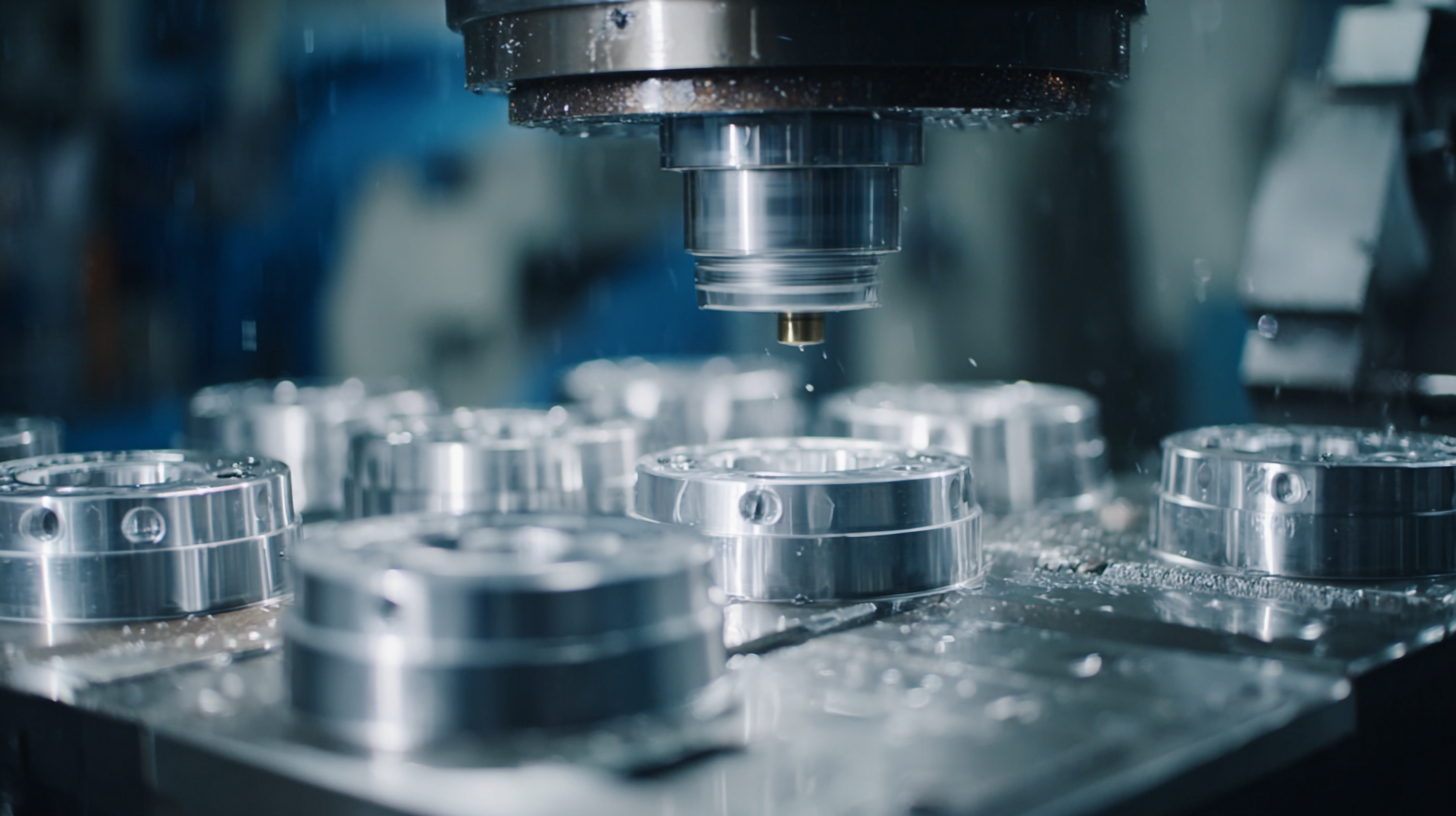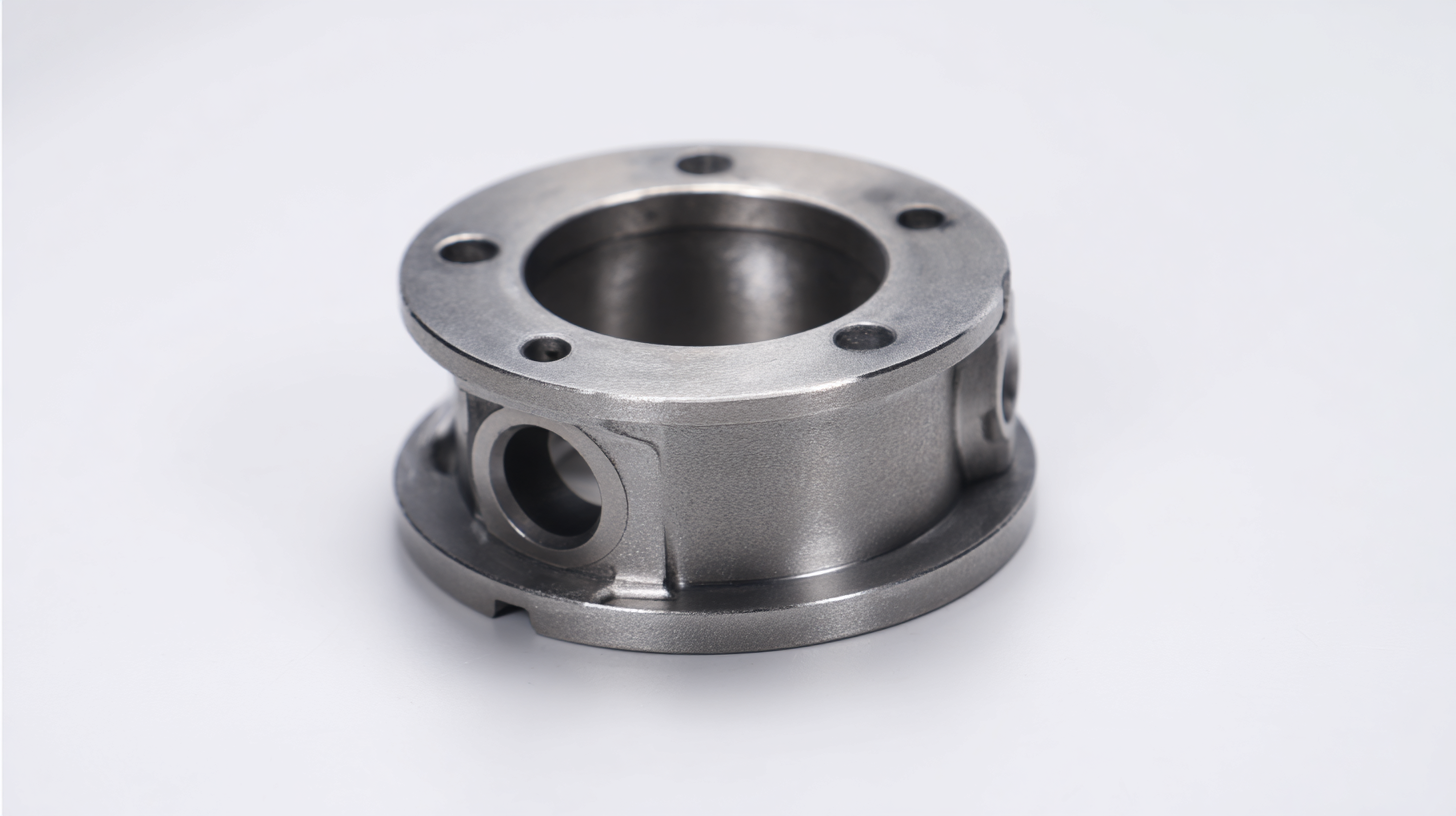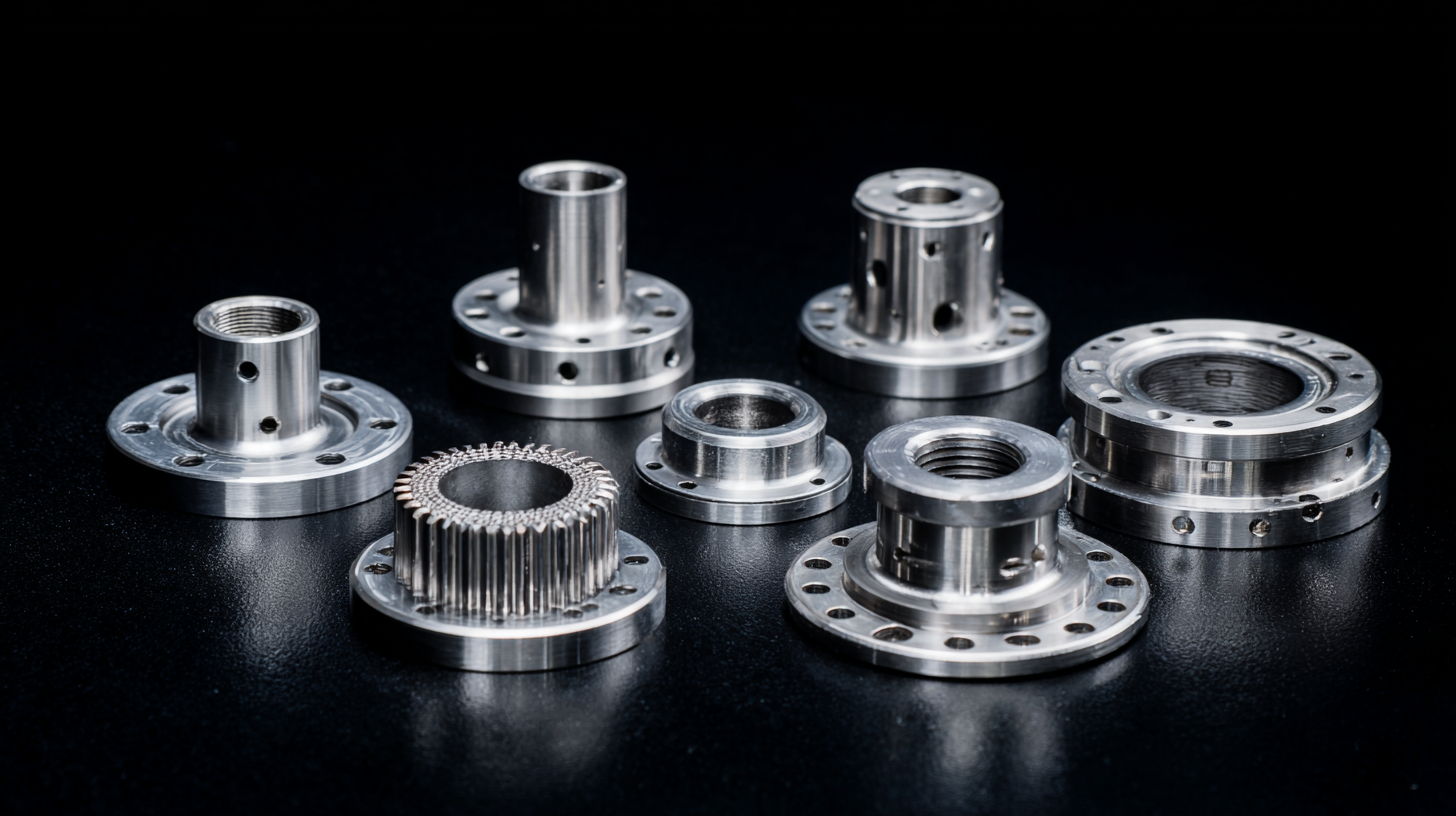In today's manufacturing landscape, achieving optimal quality in production processes is crucial, especially when it comes to Stainless Steel Precision Casting. According to a recent industry report by Smithers Pira, the global market for precision casting is projected to reach $30 billion by 2025, with stainless steel components being a significant contributor due to their durability and resistance to corrosion. However, several challenges persist in the casting process, including dimensional accuracy and surface finish quality. These issues not only affect the performance of the final products but can also lead to increased production costs and longer lead times. As industries increasingly demand precision and reliability, understanding and addressing these problems will be essential for manufacturers aiming to enhance their competitive edge through superior Stainless Steel Precision Casting solutions.

As the stainless steel precision casting industry evolves, several key trends are poised to shape its future by 2025. According to a recent report from MarketsandMarkets, the global stainless steel casting market is expected to reach $15 billion by 2025, driven by increasing demand in sectors such as aerospace, automotive, and medical equipment. This growth underscores the necessity for manufacturers to adopt advanced techniques that enhance product quality, efficiency, and sustainability.
One of the most significant trends is the integration of automation and artificial intelligence in casting processes. Industry experts indicate that the adoption of smart manufacturing technologies can reduce production time by up to 30% and improve the precision of cast components. Furthermore, the focus on sustainability is accelerating the development of eco-friendly practices in stainless steel casting, including the use of recycled materials and energy-efficient production methods. A report by Grand View Research forecasts that the push for sustainable practices will increase the market share of green casting methods, fostering innovation in materials and processes that meet high environmental standards.
| Dimension | 2023 Trends | 2025 Predictions | Key Technologies | Sustainability Initiatives |
|---|---|---|---|---|
| Production Efficiency | Increased automation | AI-driven production | Smart robotics | Waste reduction programs |
| Material Quality | Improved alloy compositions | Nano-coating technologies | Advanced material testing | Recycled material utilization |
| Supply Chain Management | Real-time analytics | Blockchain transparency | IoT integration | Green logistics |
| Customer Engagement | Enhanced communication | Personalized services | Data-driven feedback systems | Community involvement projects |
 Achieving optimal quality in stainless steel precision casting is heavily influenced by several key factors that play a pivotal role in the entire casting process. One of the primary factors is the quality of raw materials used. According to a report by the American Foundry Society, using high-grade alloys results in significant improvements in mechanical properties and reduces defects in the final cast product. Specifications such as composition consistency and impurity levels are critical; deviations in the chemical makeup can lead to issues like corrosion or reduced strength.
Achieving optimal quality in stainless steel precision casting is heavily influenced by several key factors that play a pivotal role in the entire casting process. One of the primary factors is the quality of raw materials used. According to a report by the American Foundry Society, using high-grade alloys results in significant improvements in mechanical properties and reduces defects in the final cast product. Specifications such as composition consistency and impurity levels are critical; deviations in the chemical makeup can lead to issues like corrosion or reduced strength.
Another crucial factor is the casting method employed. Research indicates that advanced techniques like investment casting and lost foam casting yield higher precision and less waste compared to traditional sand casting methods. A study by the Casting Industry Suppliers Association highlights that implementing modern technologies can improve dimensional accuracy by up to 15% and reduce manufacturing time by nearly 20%. Additionally, temperature control during the pouring process is essential to prevent thermal gradients that can cause unwanted stress and warping in the finished product. Through careful consideration of these factors, manufacturers can significantly enhance the quality of stainless steel precision castings, leading to improved performance and longevity in their applications.
In the realm of stainless steel precision casting, innovation plays a critical role in enhancing quality and efficiency. One of the most promising techniques involves the adoption of advanced computer-aided design (CAD) software, which allows for meticulous modeling of components before the casting process begins. This technology not only improves accuracy but also reduces waste and minimizes production time. By simulating the entire casting process, manufacturers can identify potential flaws and make data-driven adjustments to achieve optimal casting outcomes.
Another innovative approach is the implementation of 3D printing for creating molds. This technique offers unparalleled design freedom and precision, enabling the production of intricate geometries that traditional methods may struggle to replicate. With 3D-printed molds, manufacturers can significantly decrease lead times and costs while enhancing the overall quality of stainless steel castings. Coupled with advanced alloy formulations, these innovative techniques pave the way for high-performance components that meet stringent industry standards, ensuring a competitive edge in the market.

When embarking on casting projects, selecting the right materials is paramount to achieving optimal quality in stainless steel precision casting. A thorough understanding of the specific requirements of the project, including mechanical properties, corrosion resistance, and aesthetic considerations, can help guide material selection. High-grade stainless steel alloys, such as 316 or 304, are often preferred for their excellent durability and ability to withstand harsh environments, making them ideal for a variety of applications.
In addition to alloy selection, it is essential to evaluate the supplier's expertise and the production process employed in casting. Established suppliers with a proven track record in precision casting utilize advanced techniques that ensure uniformity and precision in the final products. Engaging in regular communication with the supplier during the selection process can also help identify any potential challenges and streamline the casting process, ultimately leading to a superior end product. By focusing on key considerations in material selection and fostering strong partnerships with suppliers, manufacturers can enhance the quality and performance of their stainless steel precision castings.
In the rapidly evolving landscape of precision casting, future-proofing your operations requires a proactive approach to quality and innovation. As we look towards 2025 and beyond, strategies that incorporate advanced technologies and sustainable practices will be crucial. Investing in digital tools for quality control can enhance defect detection and ensure data traceability, allowing companies to stay ahead in a competitive market.
Tips for Future-Proofing Your Casting Operations:
Utilize blockchain-integrated IoT devices to streamline production processes and improve inspection methods. This not only minimizes defects but also enhances efficiency and transparency across the supply chain.
Collaborate with industry organizations to adopt more efficient casting practices. Engage in partnerships that focus on sustainable materials and processes, aligning your operations with global environmental standards for better market recognition.
Ensure your workforce is equipped with the necessary skills to adapt to new technologies. Providing ongoing training and development opportunities can help employees stay updated on industry trends and innovations.
